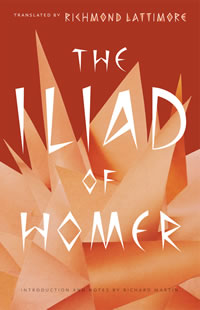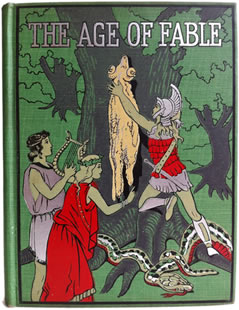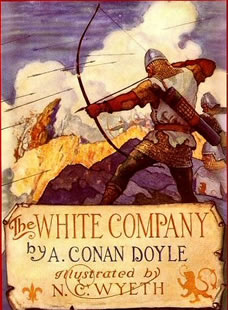Professor of Classics, 1964–2011
THREE BOOKS?
Would that life were so simple as to devolve into the reductionist notion that one can identify but three books that “profoundly affected (my) thinking” and “and most strongly influenced my intellectual and scholarly journey as a professor at Pitzer College.”
I belong to the pre-television generation, and, as was true for most of my youthful contemporaries, reading was by far my most important recreation, and, from a very early age, I was buried in not just books, but lots of books. By the time I was twelve or so, I had immersed myself in modified versions in English of La Chanson de Roland (11th century), and Le Morte d’Arthur (1485, by Sir Thomas Malory), and, wonder of wonderful wonders, Arthur Conan Doyle’s The White Company (1891). Mesmerized, I read and still do read Kipling’s The Jungle Books (1894 and 1895) and Just So Stories (1902). While even younger, I had been mesmerized by Anne Terry White’s Lost Worlds (1941), and Bulfinch’s Age of Fable (1855). At age nine, I had already begun to study a good deal of Latin and some Greek. There was one short sentence that I remember from something Evelyn Waugh wrote, to the effect that only from the study of those classical languages can “…one learn that sentences are logical constructions and that words have certain inalienable meanings, departure from which is either conscious metaphor or inexcusable vulgarity. Those who have not been so trained (i.e. in Latin and Greek), betray their deprivation.”
That seemed and seems perhaps excessively judgmental, but as a child I was stunned by it, and I never forgot it, and, as much as any lengthy book, that brief pronouncement “profoundly affected” my “scholarly journey” long before I became or even thought of becoming a professor, not just at Pitzer, but anywhere.
At age eight or so, I first encountered Homer’s Iliad, which was nothing less than a revelation. Have you ever read Keats [John Keats (1795-1821)] “On First Looking into Champman’s Homer (1816)?” That was how I felt too. During my young days as a jazz musician, I often thought that on those wonderful nights when each of my improvisations turned out to be what I hoped they would be when I began them, that was as close to Homer as I would ever come. In any case, I have always thought that if one has not read Homer’s Iliad, any claim that person might have to having experienced a liberal arts education is short by at least the length of that Iliad.
- The Iliad of Homer (1951), translated by Richmond Lattimore
- The Age of Fable (1855), by Thomas Bulfinch (1796-1867)
- The White Company (1891), by Sir Arthur Conan Doyle (1859-1930)
 The Iliad of Homer (1951) translated by Richmond Lattimore
The Iliad of Homer (1951) translated by Richmond Lattimore
 The Age of Fable (1855), by Thomas Bulfinch
The Age of Fable (1855), by Thomas Bulfinch
 The White Company (1891) by Sir Arthur Conan Doyle
The White Company (1891) by Sir Arthur Conan Doyle